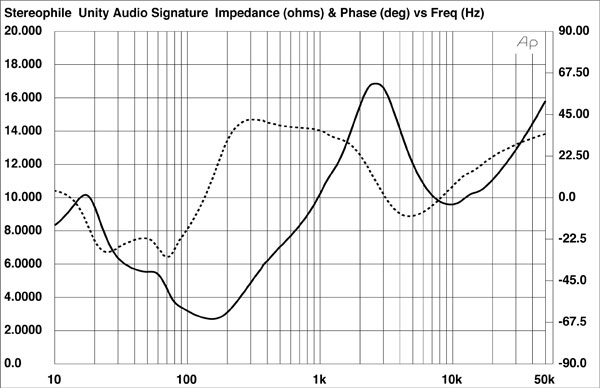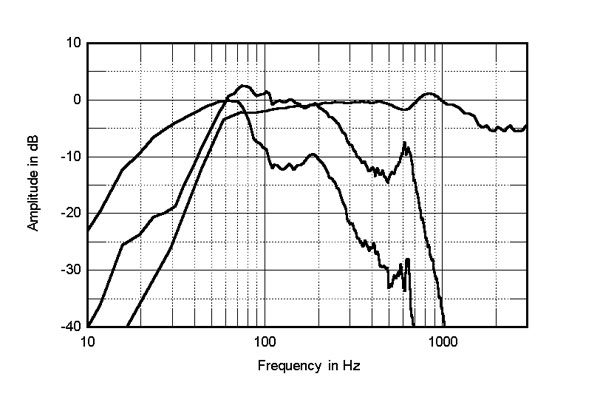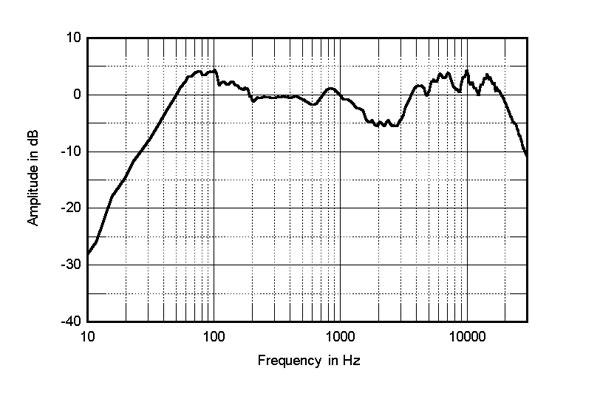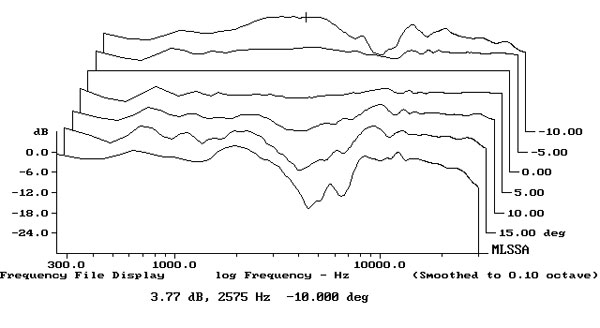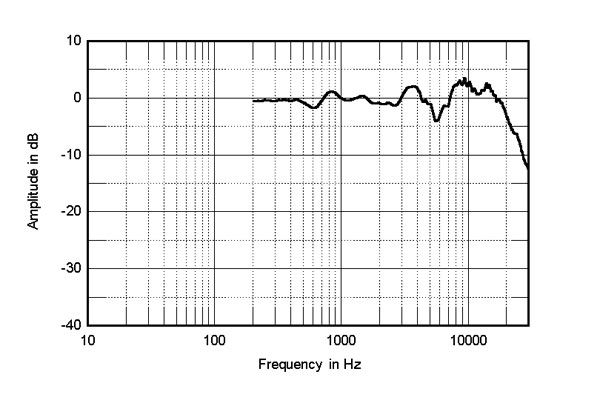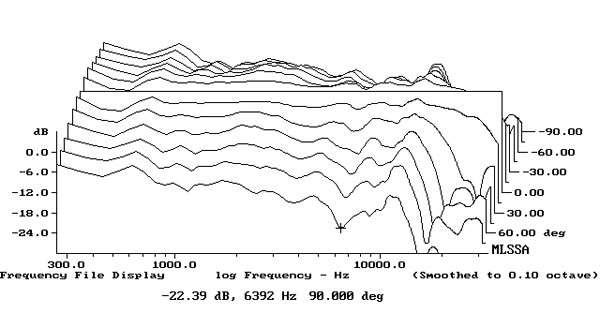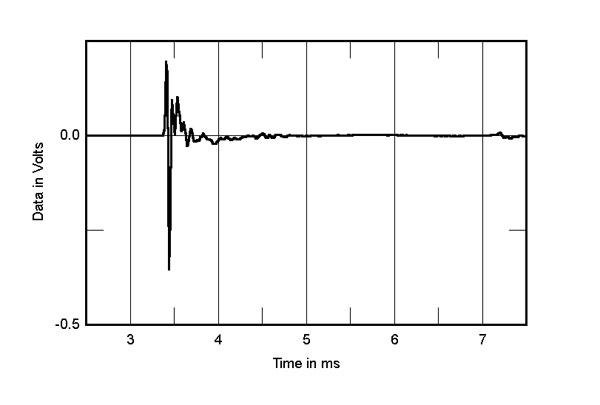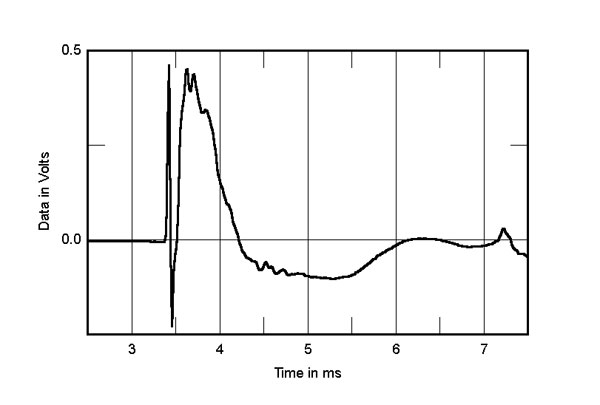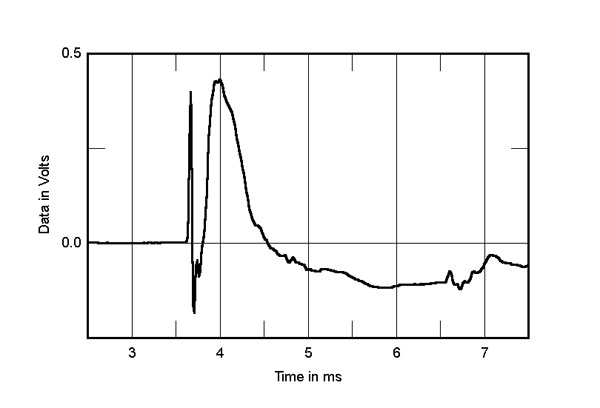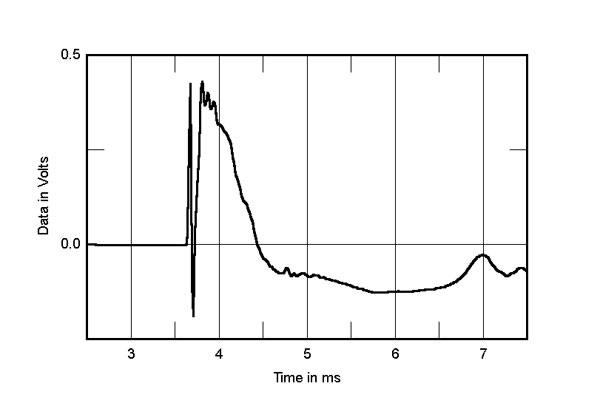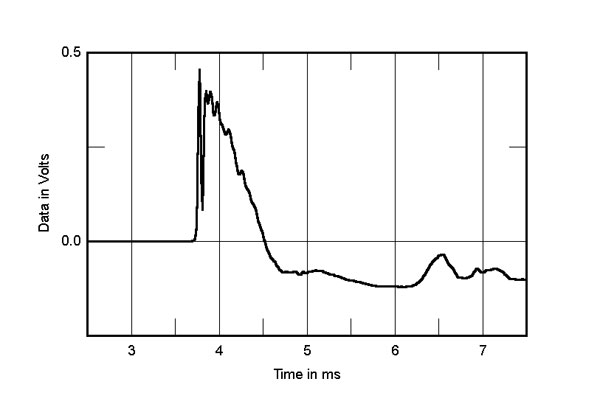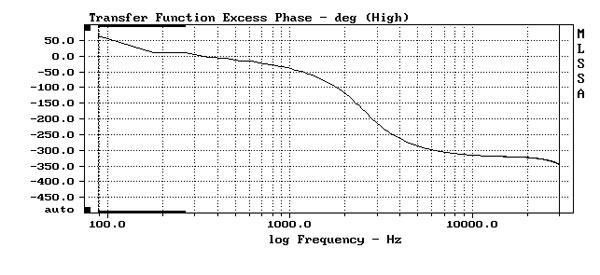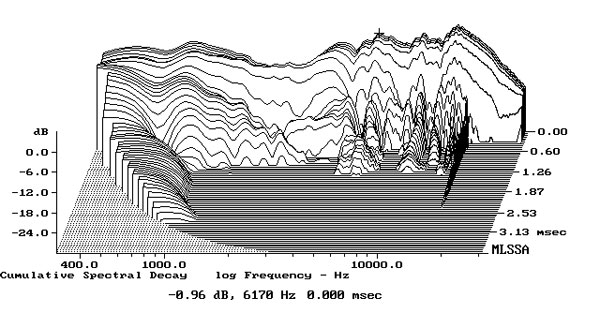| Columns Retired Columns & Blogs |
These speakers can now be had in the $200 - $300 range on the second hand market. I purchased my pair second hand from a friend and I love them. I am powering them with the NAD326BEE integrated, and my source 99.9% of the time is my REGA Planar 3 with Ortfon 2M Black cartridge. They sound superb in my humble opinion.
